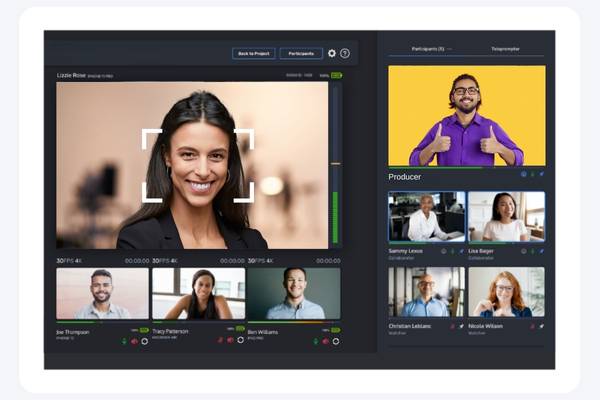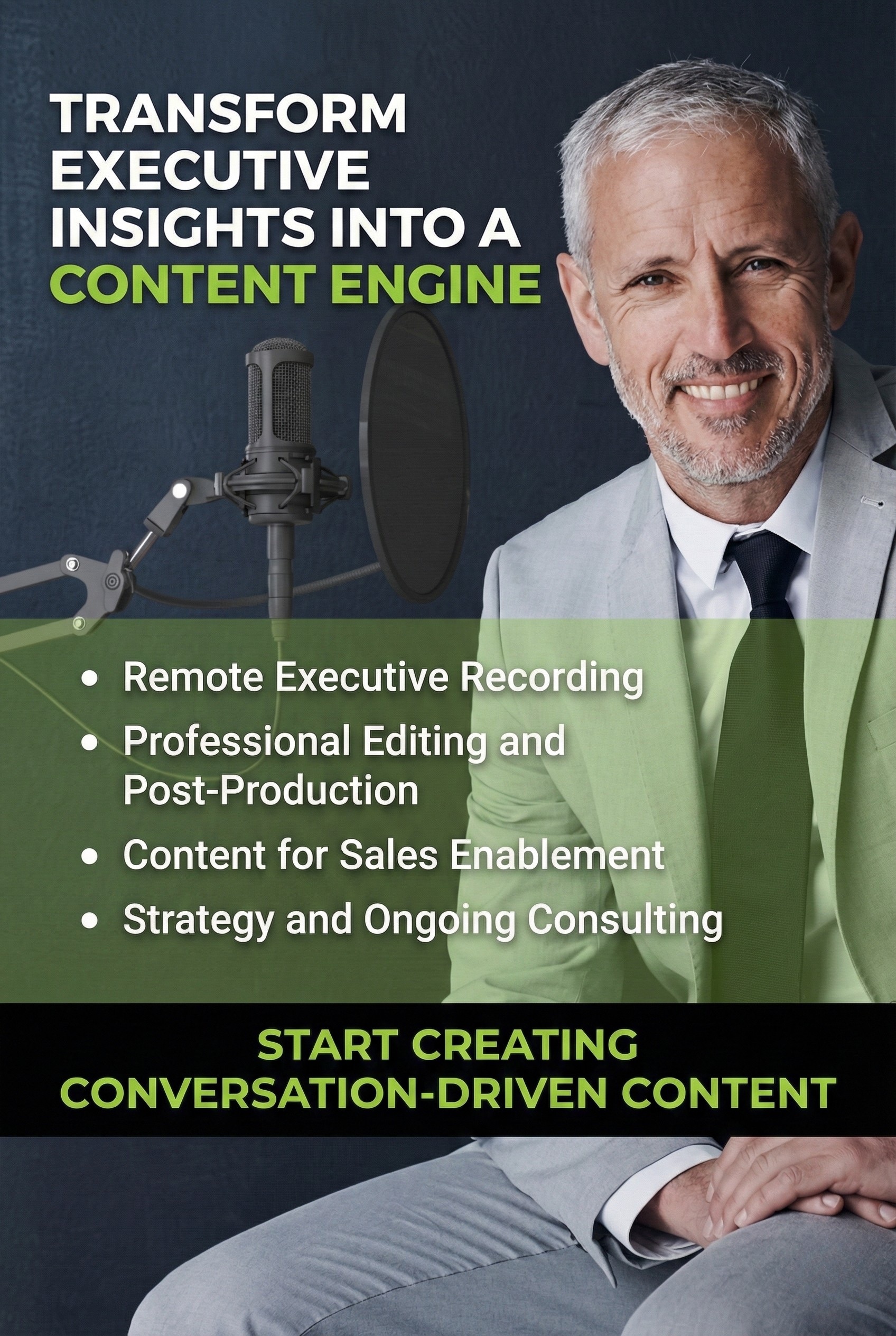This article originally appeared in Forbes.
While video production technology has changed in leaps and bounds, many people’s perception of what it takes to create quality business video hasn’t changed. There is a prevailing misconception that professional business video production requires the use of expensive, high-end equipment that is brought into your workplace by a video crew. However, with the right expertise, skills and complementary equipment, professional producers can harness the power of modern smartphones to deliver impactful corporate videos.
The Power And Shortcomings Of Modern Smartphone Cameras for Business Video
The continuous advancements in smartphone technology have bridged the gap between professional video cameras and smartphone cameras. Today’s leading smartphones come equipped with advanced camera technology capable of capturing high-resolution videos in 4K or 1080p.
These cameras, although limited when used by themselves, can produce results similar to professional equipment when handled skillfully and supplemented with a few additional pieces of equipment.
Lenses and Lighting
Small lenses (like the ones you’ll find on a smartphone) mean that proper lighting is more crucial. Small lenses don’t do well with low light—it leads to lower quality and often grainy video. Therefore, you must make up for it digitally.
This issue can be solved with the addition of professional lighting. With a comprehensive understanding of lighting techniques and manipulation, you can ensure that each frame is well-lit, aiding the smartphone’s smaller sensor and helping avoid grainy or “noisy” video footage.
Camera Control
Native smartphone apps are designed for ease of use, not detailed tuning. Just as with high-end cameras, manipulating manual controls can drastically improve the quality of the footage. Many smartphones and third-party camera apps allow video producers to adjust focus, exposure and white balance manually. (Remote video producers can do this without even having the subject’s smartphone in hand.) This level of control can transform the visual output, bringing it in line with the quality one expects from a professional production.
Audio
Quality audio is extremely important for business video. While the built-in microphones on smartphones have significantly improved, you must leverage the power of external microphones for professional results. The microphones on smartphones are not sufficient to capture professional audio, especially if you’re more than a couple of feet from the person speaking. However, with the assistance of a video producer and external microphones, quality audio can be captured by connecting a lavalier, shotgun mic or other professional audio equipment to the smartphone.
Maximizing Your Camera Accessories For Professional Business Video Output
While smartphones today have amazing cameras, they don’t produce professional quality videos without a few extra accessories and guidance from a video professional. Beyond leveraging the full capacity of the smartphone camera settings, here are a few additional accessories that can help you reach the quality of professional video.
Video Stability
One potential pitfall of smartphone videography is shaky footage. Professional video producers mitigate this risk by utilizing equipment such as gimbals and tripods. These tools offer the necessary stability to deliver smooth, professional-grade video content.
Teleprompters
If you’re shooting a lot of scripted content, a smartphone-compatible teleprompter can be very helpful. These devices can help the on-screen talent deliver lines smoothly while looking directly at the camera.
Lighting
Again, good lighting can make a big difference in video quality. Portable LED panels can provide additional lighting when needed, and there are even clip-on ring lights for smartphones.
External Microphones
Sound quality is often a weak point for smartphone videos. A clip-on lavalier mic can dramatically improve sound for interviews, while a shotgun mic can be better for general use.
Video Post-Production
The real magic happens in the post-production phase. This step is crucial in delivering a polished, professional business video product that aligns with your corporate messaging and goals.
Professional post-production of video is a critical component in the creation of high-quality, impactful content. It’s during this stage that raw footage is transformed into a polished, final product through editing, color grading, sound mixing, special effects, text overlays and more.
Expert post-production can help craft a cohesive narrative, ensuring your story is told in a compelling, engaging manner. It also allows for the fine-tuning of visual and audio elements, bringing consistency, style and professional touch to the final output. Additionally, it is in post-production that any errors or imperfections captured during filming can be corrected or minimized.
In essence, professional post-production not only enhances the aesthetics of your video but also elevates its overall message, making it resonate more powerfully with your target audience.

Remote Video Production
Remote video production platforms have become integral tools in the current digital landscape, providing essential features that enable high-quality video production without requiring physical presence.
A remote video producer plays a pivotal role when using these platforms. They provide valuable expertise in storytelling and technical understanding, ensuring the produced video aligns with the brand’s vision and messaging.
Their proficiency in managing various aspects of business video production remotely, including pre-production planning, remote direction during the shoot, and post-production editing, can help streamline the process and mitigate potential technical issues.
Furthermore, working with a remote video producer allows businesses to work with agencies and their producers globally. In this way, a remote video producer becomes a cost-effective, efficient and flexible solution for businesses aiming to create impactful video content through these platforms.
Conclusion
Smartphones are no longer the tools of amateur videographers but an integral part of professional video production. With the help of experienced business video producers, you can harness the power and potential of these devices, combined with your expertise and creativity, to deliver professional-grade business video content that meets your business’s needs. The future of video production is here, and it fits right in your pocket.

36 Video and Podcast Content Frequently Asked Questions
Expert answers to remote podcast and video production questions. How remote recording works, options for support, pricing, ROI, and analytics.

AI + Human Powered Content Marketing: Speed Without the AI Slop
FAST, CHEAP, and GOOD. You can have them all. Speed keeps coming up in client conversations, and for good reason. The meaning of speed has changed. Fast used to mean

How to Measure Content Marketing ROI
Content marketing ROI is often miscalculated because it is based on a short time frame, a single piece of content, or even a single campaign. Instead, it should be measured




